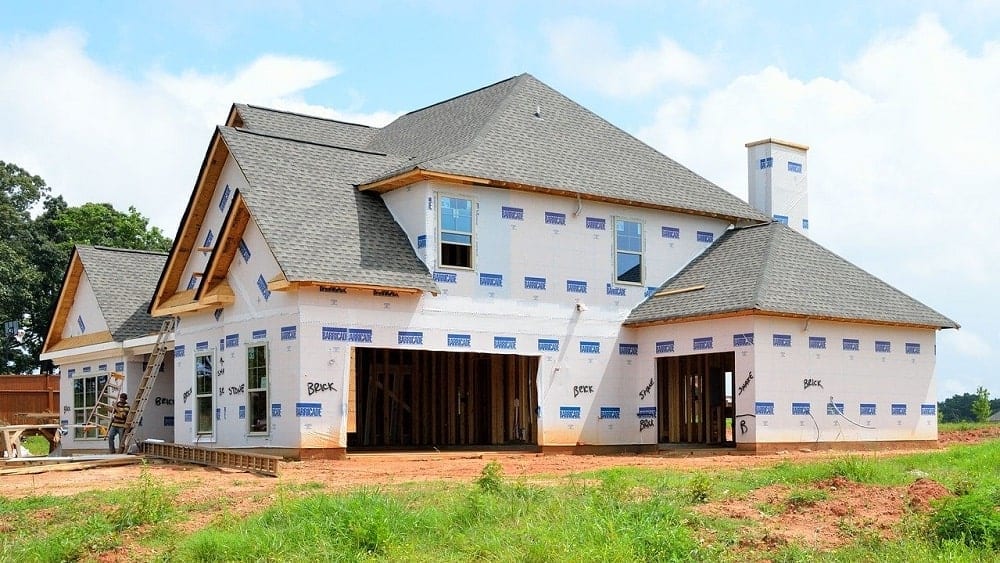How a General Professional Can Change Your Common Areas Into Functional Spaces
The improvement of common locations right into practical areas is a nuanced process that needs a general service provider's competence in analyzing particular neighborhood requirements and developing tailored remedies. By thinking about variables such as format, accessibility, and aesthetic charm, a service provider can develop settings that not just serve practical objectives yet likewise foster community engagement. Through effective task administration and adherence to quality standards, these remodellings can considerably enhance individual experience. The ins and outs included in balancing design and performance raise crucial concerns about ideal methods and potential challenges that quality additional expedition (Carmel In Contractor).
Assessing Current Common Area Requirements
When evaluating typical locations, it is vital to identify and recognize the specific requirements of the neighborhood they offer. This procedure begins with a thorough evaluation of present use patterns, which involves event data walking website traffic, top usage times, and tasks taking area within these rooms. Engaging with neighborhood participants via studies or conferences can give valuable insights into their preferences and obstacles.
Next, it is very important to think about the market composition of the neighborhood, consisting of age, way of living, and any kind of special needs that may influence just how these rooms are utilized. Families with young youngsters might need play locations, while older adults might focus on availability functions.
Furthermore, reviewing the existing framework and features is crucial. Determining locations that are underutilized or in requirement of repair can inform possible improvements. Teaming up with stakeholders, such as home managers and neighborhood organizations, guarantees that the evaluation mirrors a comprehensive understanding of the neighborhood's needs.
Ultimately, a thorough examination of present common location needs prepares for effective improvements, permitting the production of rooms that promote interaction and boost the overall top quality of life within the community.
Creating for Functionality and Aesthetics
A comprehensive understanding of community requires sets the phase for effective style that balances performance and aesthetic appeals in common locations. Successful layout requires a thoughtful technique that considers both the sensible uses the room and the visual charm that improves the atmosphere.
Useful style requires creating spaces that deal with the details activities and communications of the area. This could include versatile seating setups for celebrations, accessible paths for people with mobility difficulties, or marked areas for leisure tasks. Each component must offer a purpose while guaranteeing simplicity of activity and comfort for customers.
Aesthetics play an essential role in promoting a welcoming environment. The selection of shades, products, and lights can significantly affect the perception of a space. Including natural environments, such as plant or water features, can improve the atmosphere and produce a calming atmosphere. In addition, straightening the layout with the area's cultural identity can foster a feeling of belonging and satisfaction.
Budgeting and Resource Appropriation
Efficient budgeting and resource allocation are important components in the effective transformation of common areas. A well-defined budget outlines the economic specifications within which the job have to run, making sure that costs are managed and resources are properly made use of. This starts with a complete analysis of job requirements, consisting of style aspects, materials, and labor.

A general professional plays an essential function in this stage, working together with stakeholders to establish realistic spending plan price quotes that straighten with the designated vision. By focusing on crucial attributes and discovering economical options, the contractor can enhance costs without endangering high quality.
Resource allowance entails purposefully designating personnel, devices, and materials to different stages of the project (Carmel In Contractor). This needs mindful preparation to avoid hold-ups and guarantee that each part is delivered on time. In try this out addition, normal monitoring of expenditures versus the budget assists to identify prospective overruns early, enabling timely adjustments
Managing Building Refine Efficiently
Taking care of the building and construction procedure efficiently is crucial for accomplishing prompt task conclusion and keeping budget stability. A well-coordinated technique includes careful preparation, clear interaction, and reliable source monitoring. General specialists should develop a thorough task timeline that details each stage of construction, permitting the identification of vital turning points and potential bottlenecks.
Routine progress meetings are critical for maintaining all stakeholders educated and straightened. These conferences assist in the timely resolution of issues, guaranteeing that the project remains on track. Furthermore, utilizing task monitoring software can simplify communication, track progress, and take care of documents, lowering the probability of misunderstandings and delays.
Efficient source appropriation is likewise paramount. By guaranteeing that materials, labor, and tools are offered when needed, basic contractors can protect against expensive interruptions. Carrying out a positive method to take the chance of administration further improves efficiency, as it enables the identification and mitigation of possible challenges before they escalate.

Making Sure Compliance and Top Quality Specifications
Conformity and quality requirements are basic to the success of any building job, guaranteeing that the finished areas not only satisfy customer assumptions but also stick to governing requirements. A general service provider plays an essential role in imposing these requirements throughout the building and construction procedure.
First, it is essential for the specialist to remain upgraded on local building ordinance, safety guidelines, and sector ideal practices. This understanding enables them to assist layout selections and product options that line up with conformity criteria. Normal examinations and quality assessments during the moved here building stage assistance to determine possible issues early, reducing expensive delays and revamp.
Moreover, a credible basic service provider cultivates a society of high quality amongst subcontractors and workers. This can be attained by offering training on conformity procedures and applying strict high quality control steps. By developing clear communication networks, the service provider can make certain that everybody involved understands their responsibilities regarding conformity and high quality.
Conclusion
In final thought, the function of a general contractor in changing typical locations right into useful rooms is crucial. With an extensive analysis of area requirements, thoughtful design, thorough budgeting, and effective task monitoring, these professionals can develop environments that boost use and visual appeal. Adherence to conformity and high quality standards even more guarantees that revitalized areas this link not only satisfy the expectations of stakeholders however additionally foster interaction and enrich the overall experience for all individuals within the area.
The change of usual areas right into practical rooms is a nuanced procedure that requires a basic contractor's knowledge in evaluating certain area demands and developing customized solutions. By thinking about factors such as layout, availability, and visual appeal, a service provider can develop settings that not only serve functional objectives however likewise foster area engagement. General service providers must establish a comprehensive job timeline that outlines each phase of building and construction, enabling for the identification of essential milestones and prospective bottlenecks.
